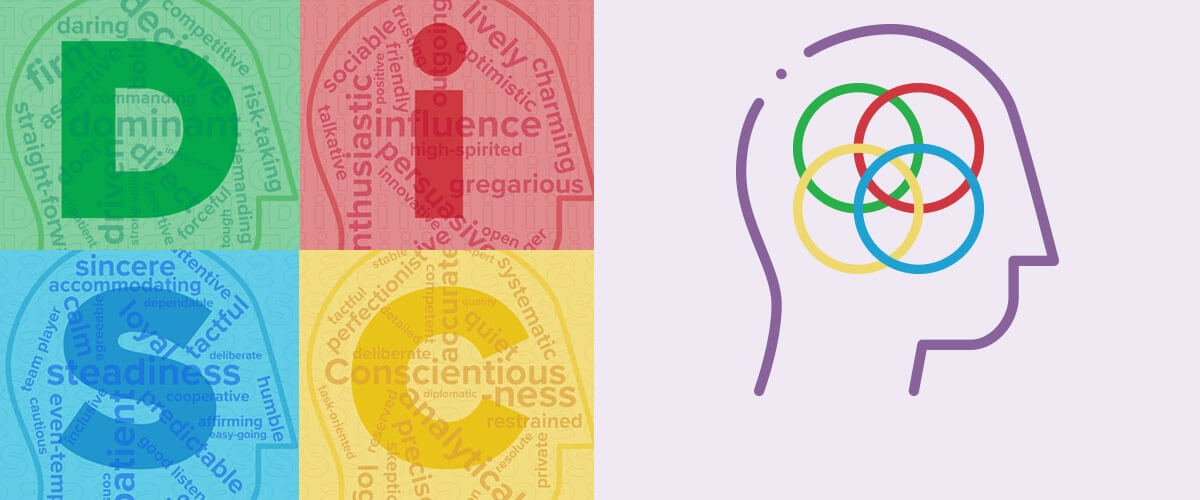Worldwide Coaching Group - WCG Insights™
Assessments for Worldwide Business Coaches
Access Code: wcgcoach
The DISC profile is a simple, practical, and easy-to-remember model that focuses on individual patterns of observable behavior and emotions. It measures the intensity of characteristics using scales of directness, openness, pace, and priority to create a unique blend of four behavioral styles:
- Dominance (D)
- Influence (I)
- Steadiness (S)
- Conscientiousness (C)
When a person uses the DISC model, they can identify their own blend of styles, recognize and adapt to the styles of others, and develop a better communication process that allows them to interact effectively with others to build mutually beneficial relationships. This is applicable in any setting, including working with teams, sales, leadership, or in other business and personal relationships.
Using DISC can provide insight into behavioral tensions, causes of stress, problem-solving, and ways to respond more effectively to conflict. When these items are identified for each individual, it leads to better relationships, both personally and professional. For example, salespeople using DISC can develop finely-tuned selling skills based on identifying and responding to a customer's style. In personal relationships, understanding the needs, emotions, and fears of others can help us build mutually-beneficial partnerships.
DISC Assessment Test Sample Reports
Click on the links for each assessment below to view each sample report. Note that the foundations of the reports are the same: each DISC assessment begins with the DISC-Self report, and the Leadership, Sales, Service, and Coaching reports provide a specific appendix for each focused content area to help you apply DISC.
DISC Self - Describes "you" based on your observable behavior and can provide insights for others regarding your communication preferences as well as how you will likely interact with and respond to them. This self-perception report allows you to observe and evaluate your behavioral responses in various environments. By exploring your behavior and communication in a variety of environments, situations or relationships, you can determine the most effective communication strategy or course of action to take with others.
DISC Leadership – After the DISC-Self portion of the report, this report provides simple, practical tools to help with using DISC as a leader in Developing, Adapting, Helping, Motivating, Complimenting, Counseling, Correcting, Delegating, & Acknowledging.
DISC Sales – This report uses individual assessment data to provide information about your sales priorities and preferences. You’ll also learn how to connect better with customers whose priorities and preferences differ from yours through the five stages of the selling cycle – Connecting, Assessing, Solving, Confirming, and Assuring.
DISC Service – This helps you to understand how you can use your strengths and improve upon your weaknesses to improve customer service in your organization by communicating effectively in the service process – Greet, Value, Ask, Listen, Help, Invite.
DISC Coaching – Coaches really enjoy helping people and this report helps to determine how you can best provide this type of mentoring based on your strengths and skills and the interaction you have with others. DISC Coaching focuses on 5 ways to mentor and support others - Ask, Listen, Coach, Praise, and Challenge.
DISC-Motivators Combination – By combining DISC and Motivators, you can not only apply what you’ve learned about your behaviors and emotions, but also align them in ways that reflect what matters most to you (your motivations). This combination report allows end-users to evaluate how their behavior is in alignment with or in a position of tension against their core values and motivational drivers.
DISC Virtual Training – An interactive program that trains, tracks, monitors, and measures every student in real-time to give a deeper, more comprehensive foundation of DISC through a video series. This program can be re-visited by each user repeatedly as necessary to keep the information fresh and accessible at any time.


